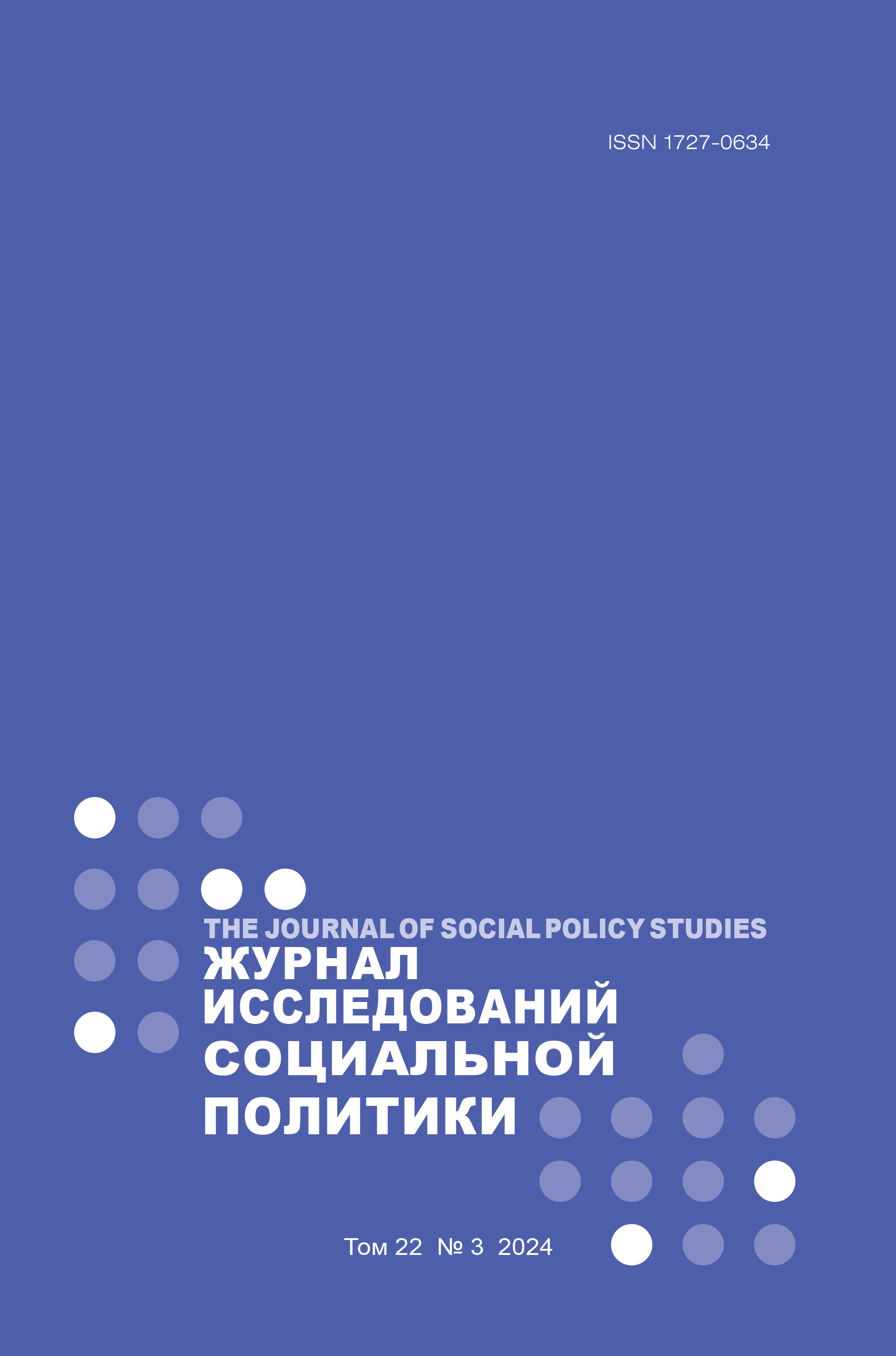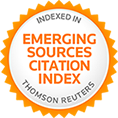Межрегиональное социально-экономическое неравенство в России: подходы к измерению и смягчению различий
Аннотация
Целью исследования, результаты которого изложены в данной статье, является усовершенствование методологических подходов к измерению и смягчению неравенства между российскими регионами по уровню социально-экономического развития. На данный момент единой методики оценки неравномерности пространственного развития нет, поэтому ученые используют разнообразные критерии для оценки межрегиональных различий, что порождает значительные расхождения в результатах. В статье предложено использовать показатель «соотношение бюджетной обеспеченности региона налоговыми и неналоговыми доходами со среднероссийским уровнем», который отражает экономический потенциал регионов, а также уровень и качество жизни населения. Проведена оценка изменений в пространственном развитии РФ за 2005–2022 гг. на основе бюджетной обеспеченности регионов налоговыми и неналоговыми доходами. Результаты показывают приближение отстающих субъектов к среднероссийскому уровню. Однако это не всегда положительно сказывается на уровне жизни населения, что может быть связано с недостаточной финансовой поддержкой от федерального центра и / или невысокой эффективностью региональной социально-экономической политики. В статье даны предложения по внесению изменений в Стратегию пространственного развития Российской Федерации, касающихся определения целевых показателей, а также по совершенствованию методики распределения дотаций на выравнивание бюджетной обеспеченности. В качестве показателей для оценки эффективности деятельности региональных органов исполнительной власти предложены: бюджетная обеспеченность субъекта РФ налоговыми и неналоговыми доходами; долговая нагрузка субъекта РФ; и уровень бедности населения региона.















